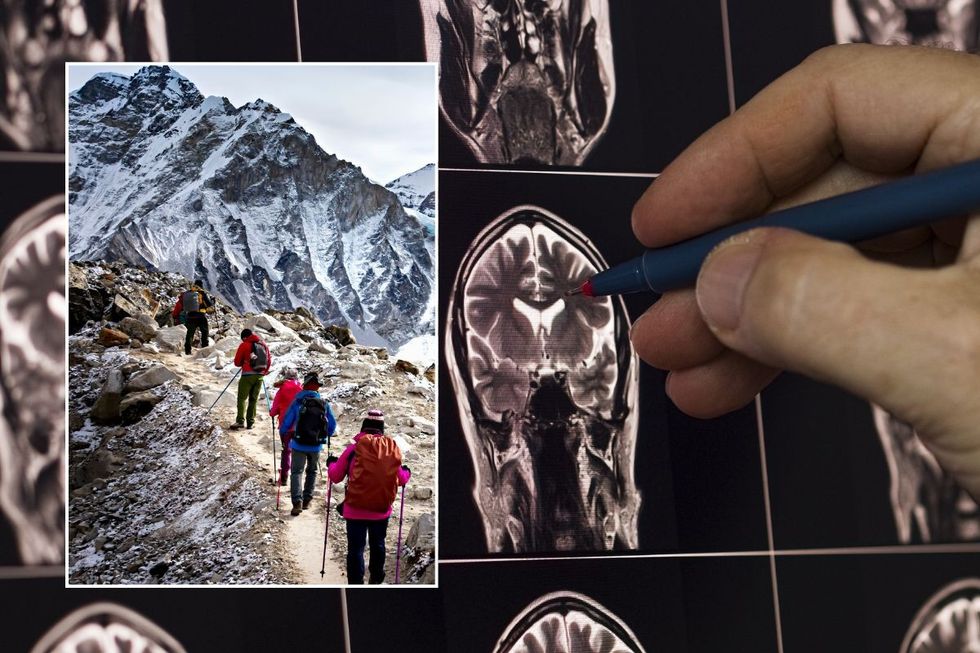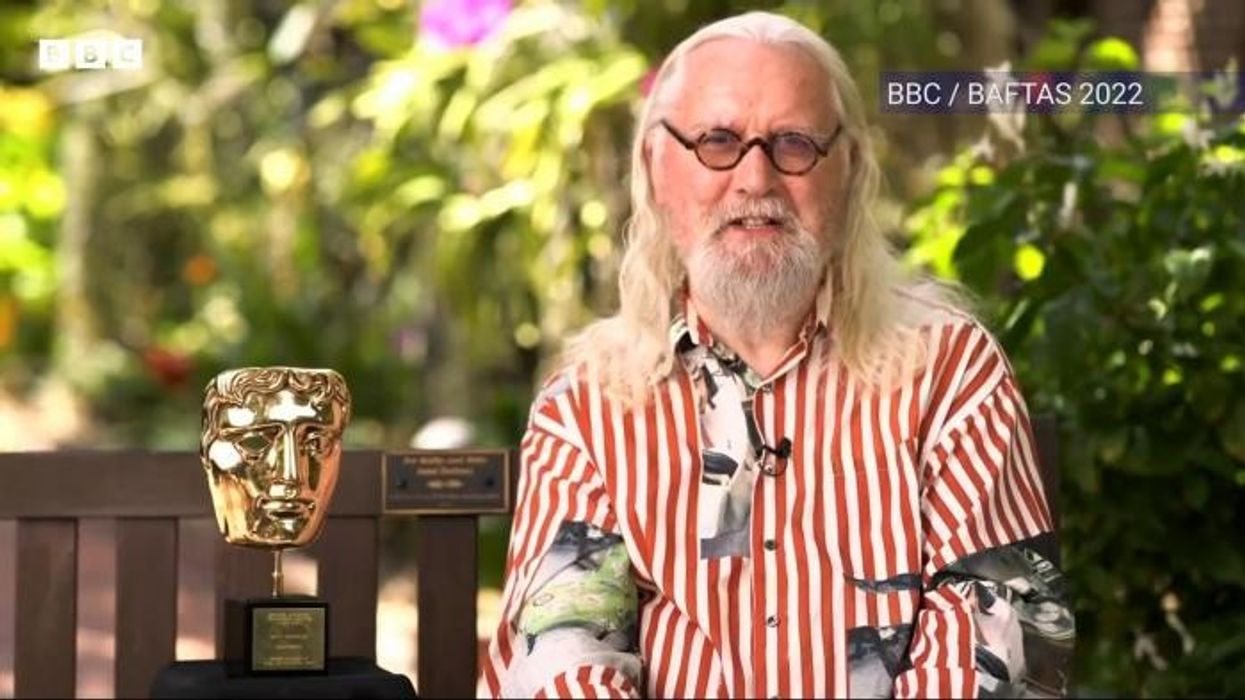Breathing Mount Everest air shows promise in halting Parkinson's disease symptoms, scientists say

Restricting oxygen exposure could prove effective in reversing signs after they've emerged
Don't Miss
Most Read
Latest
Scientists at Harvard Medical School have discovered that environments with reduced oxygen levels, comparable to those found at Mount Everest's base camp, might offer a breakthrough treatment for Parkinson's disease.
Their research demonstrates that an accumulation of oxygen molecules in the brain contributes to the neurological damage characteristic of the condition.
The findings, published in Nature Neuroscience, reveal that excessive oxygen drives the deterioration of brain cells in Parkinson's patients.
**ARE YOU READING THIS ON OUR APP? DOWNLOAD NOW FOR THE BEST GB NEWS EXPERIENCE**

Restricting oxygen exposure could potentially halt or even reverse the disease's progression
|GETTY
By restricting oxygen exposure, researchers believe they could potentially halt or even reverse the disease's progression.
More than 10 million individuals globally suffer from Parkinson's, experiencing progressive neuronal loss that results in tremors and impaired movement.
The research team administered α-synuclein protein injections to laboratory mice, triggering the formation of Lewy bodies - toxic protein accumulations found in Parkinson's patients.
They divided the animals into two cohorts: one group breathed standard air containing 21 per cent oxygen, while the other inhabited chambers maintaining 11 per cent oxygen levels, equivalent to conditions at approximately 4,800 metres altitude.
After three months, stark differences emerged between the groups. Mice exposed to normal oxygen levels developed extensive Lewy body deposits, experienced significant neuronal death and exhibited severe motor impairments.
Remarkably, those maintained in reduced-oxygen environments retained full neuronal function and displayed no movement difficulties, despite Lewy body formation occurring in their brains.
The protective effect stems from addressing mitochondrial malfunction within brain cells. When these cellular powerhouses fail to process oxygen properly, the molecule accumulates to harmful concentrations.
"Too much oxygen in the brain turns out to be toxic. By reducing the overall oxygen supply, we're cutting off the fuel for that damage," explained Dr Vamsi Mootha, one of the study's authors.
The treatment proved effective even when implemented after symptoms had emerged. Researchers introduced the low-oxygen conditions six weeks post-injection, when mice already displayed Parkinson's characteristics.
LATEST DEVELOPMENTS

More than 10 million individuals globally suffer from Parkinson's
|GETTY
Following this intervention, the animals' motor abilities recovered, anxiety-related behaviours diminished, and neuronal degradation ceased entirely.
Pharmaceutical researchers are now developing medications that could replicate hypoxia's beneficial effects without requiring patients to breathe reduced-oxygen air.
These "hypoxia in a pill" treatments aim to mimic the protective mechanisms observed in the study.
The research builds upon earlier observations that Parkinson's patients appeared to experience symptom improvement at high altitudes.
"We first saw that low oxygen could alleviate brain-related symptoms in some rare diseases where mitochondria are affected, such as Leigh syndrome and Friedreich's ataxia... That raised the question: Could the same be true in more common neurodegenerative diseases like Parkinson's?" noted Vamsi Mootha.
Despite promising results, the scientists noted that extensive investigation remains necessary before these discoveries can translate into human therapies.











